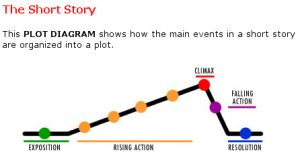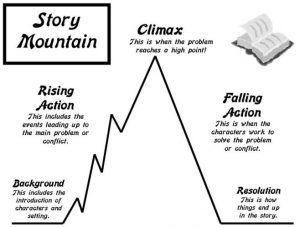As Cara mentioned, it would be difficult for current younger generations to recognize a world without the technologically diverse media we’re used to seeing in our daily lives. And as Vicky mentioned, I enjoy thinking about the contexts provided by multimodality. Multimodal projects are varied and aid the reach and scope of an audience, adding diversity and an often-unnoticed complexity to sometimes otherwise dull messages or forms of media.
“Texts are never monomodal, never just written, but are always designed with multiple media, modes of communication, and methods of distribution in mind,” (Arola, Ball, and Sheppard 6). As the authors of Writer/Designer so aptly point out, even the simplest of presented media contain deliberate choices that convey something to the reader, whether it be from a universal understanding of an aspect, a cultural connotation, or an expected elicited feeling from the reader.
As Kress points out, each modality has its own functionality (1). Each of these has something they bring to the mix to make it a valuable piece of the whole picture. It’s like a sports team, and teamwork is key (though that would be a much better metaphor if I understood anything more about sports). Though a basic and introductory way of examining the beginnings of how multimodality and the meaning of style interact, we can examine the function of each media in a multimodal project to begin to identify how we can use different types of media for the benefit of society. For example, in my experience working with K-12 students, differentiation of content presentation format and response method is key for supporting a classroom of diverse learners. In this way, we can use multimodal texts to enhance learning and promote clearer understanding. Examples of ways we can incorporate basic text, color, and visual elements for teaching components of a short story are included below.
Word Count: 308
Works Cited
Arola, Kristin. L., Ball, Cheryl E., and Sheppard, Jennifer. Writer/Designer.
Kress, Gunther. “Where Meaning is the Issue.”

